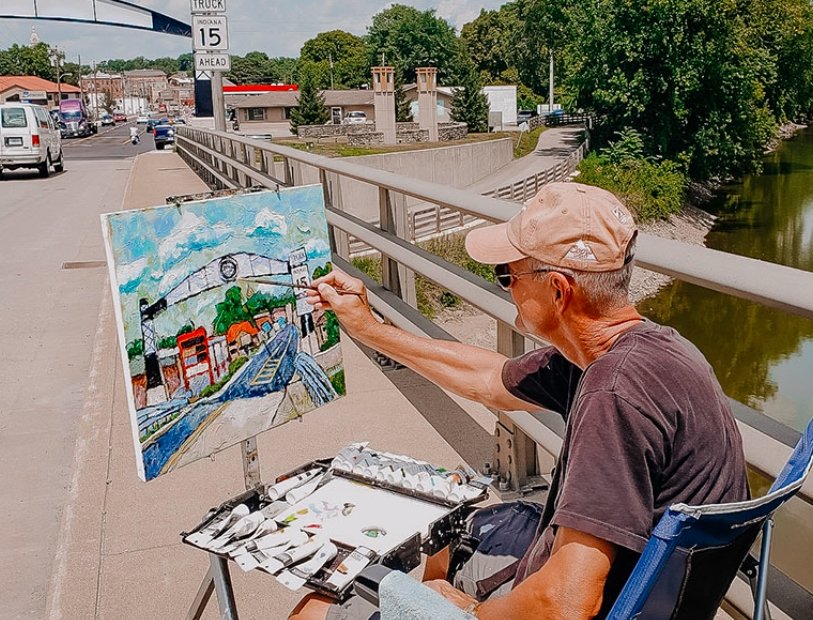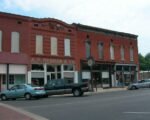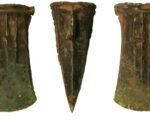In the heart of Indiana, the city of Wabash proudly unveils its rich tapestry of history and culture through the newly introduced Wabash Cultural District map. This innovative guide invites locals and visitors alike to explore the vibrant heart of downtown Wabash, a place where the past and present merge to create a dynamic community experience.
Mapping the Past to Present
The Wabash Cultural District map is not just a navigational tool; it’s a portal to the city’s soul. With each street and landmark, it tells the story of Wabash’s journey from a bustling railway hub to a modern center of arts and culture. The map highlights key historical sites, from the iconic Honeywell Center to the Eagles Theatre, each with its own narrative.
The preservation of Wabash’s architectural heritage is evident throughout the district. Buildings that have stood the test of time now house galleries, theaters, and boutiques, offering a unique blend of shopping and cultural enrichment. The map guides visitors through this historical maze, ensuring they don’t miss a beat of Wabash’s heart.

A Cultural Hub for All
Wabash’s commitment to cultural inclusivity shines through the Cultural District. Here, art and history are accessible to all, regardless of age or background. The district’s design facilitates a walkable adventure through the city’s cultural assets, including public art installations and community bike trails, fostering a sense of belonging and community pride.
The Cultural District serves as a testament to Wabash’s vision of growth and revitalization. It’s a strategic effort to combat population decline and breathe new life into the downtown area. By prioritizing the district, Wabash positions itself as a “small but mighty” force in the state, driving arts, culture, and economic vitality.
Envisioning the Future
The introduction of the Wabash Cultural District map is a step towards a future where history and culture are the cornerstones of community development. It’s a blueprint for other cities to follow, showcasing how investment in cultural infrastructure can lead to a thriving, vibrant downtown that appeals to residents and visitors alike.
As Wabash continues to evolve, the Cultural District map will serve as a constant reminder of the city’s dedication to preserving its past while forging a path forward. It’s a celebration of community spirit and a call to action for continued collaboration and innovation in the heart of Indiana.













